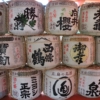Types and explanations of Japanese liquor called rice wine
Types and explanations of Japanese liquor called rice wine
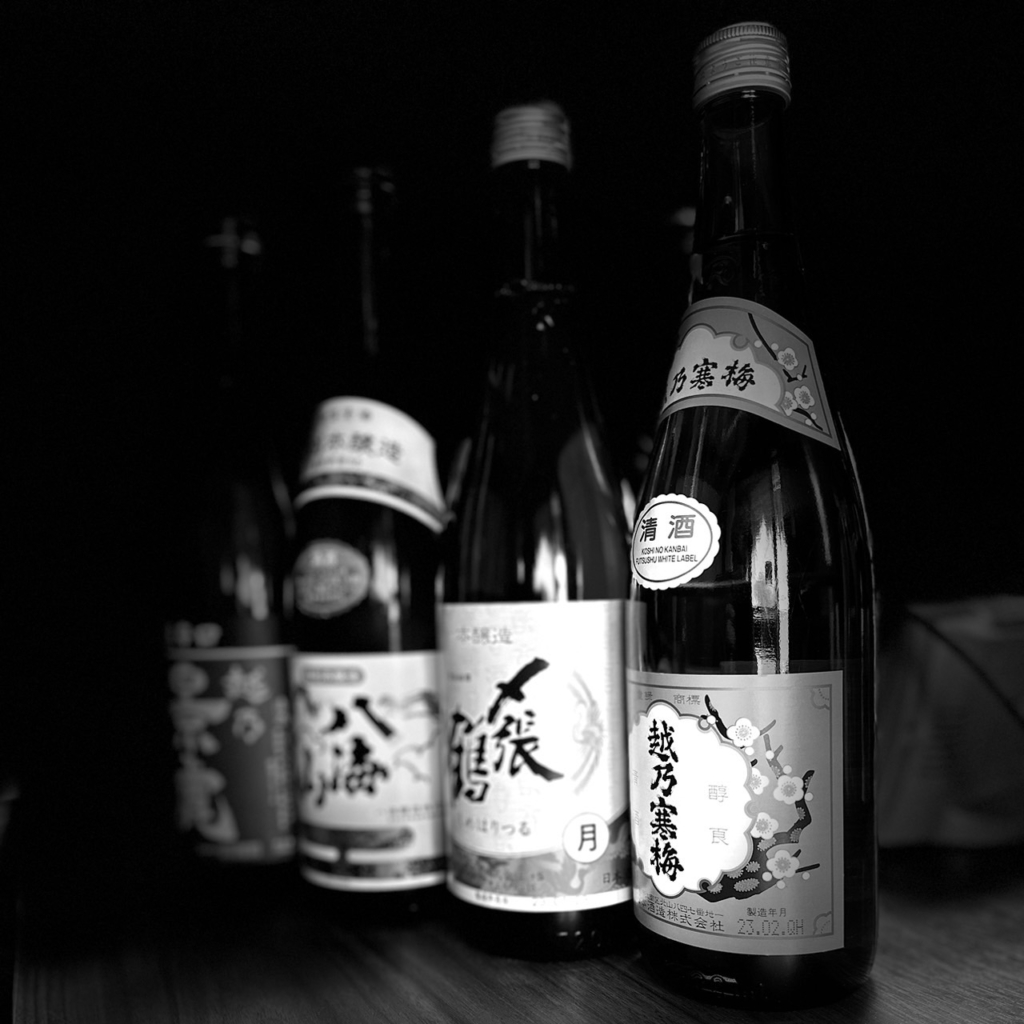
Speaking of alcohol in one word, there are various kinds of alcohol such as beer, shochu, and cocktails, right?
Among them, this time, I will write information related to sake!
There are many places in Tokyo where you can buy various types and brands of sake from all over Japan, which is great for a sake lover like me!
In recent years, not only in Japan but also overseas, the attention of sake is increasing year by year, and it is so popular that there is a sake boom.
Have you ever had trouble introducing sake in English to foreign tourists, overseas friends, or people who are interested in sake?
Even in Japanese, it can be surprisingly difficult to express and explain the taste and aroma of food and drink in words.
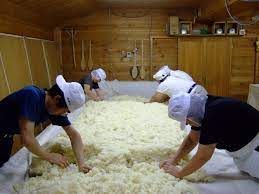
What is rice wine
Sake is an alcoholic beverage made mainly from rice, malted rice, and water.
Compared to wine, sake is still not widely recognized, and is sometimes referred to as Japanese rice wine. However, in general, “sake" will be understood as an English word for Japanese sake.
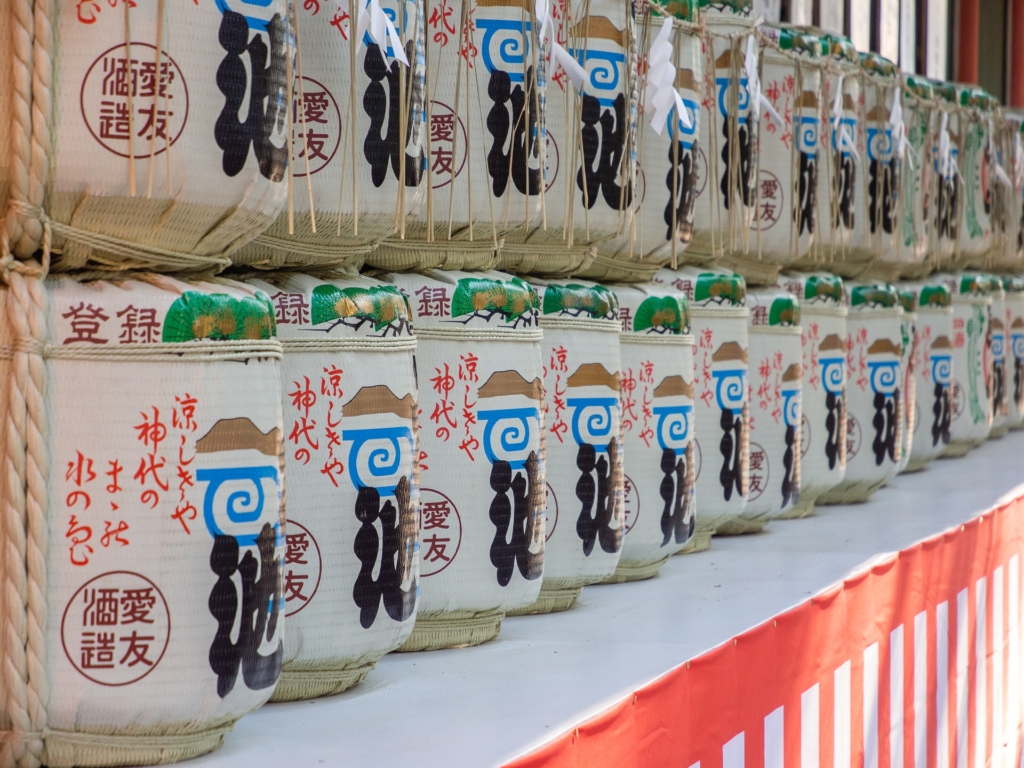
rice wine’s temperature
For people overseas who routinely drink wine, whiskey, and other chilled alcoholic beverages, sake that can be warmed or drunk at room temperature may feel a little unique.
The point is whether you can explain well how to convey the change in taste and aroma according to the change in temperature, and the difference in flavor between hot and cold sake!
There is no doubt that the drinking seats will be exciting!
This time, let’s take a look at the differences between hot sake, cold sake, and cold sake, which are often found in shops.
~ hot sake ~
Hot sake is one of the traditional ways to drink it and it’s called “Atukan” in Japanese.
Hot sake is warmed to around 50 degrees Celsius, and once it’s warmed the aroma grows stronger.
~ chilled sake ~
Chilled sake is cooled down to 5~10 degrees Celsius.
The characteristics of chilled sake are its fruity aroma and refreshing taste.
~ room temperature sake ~
Room temperature sake is kept about 15~20 degrees Celsius.
Room temperature sake offers the original taste of Japanese sake with the best balance of sweetness, acidity, and bitterness.
taste
Explanations about flavors require vocabulary in the first place, and it can be difficult to explain properly to someone who has never tasted sake or food.
So, I tried to pick up useful words and phrases that are useful to remember. If you hold down the following basics, all you have to do is apply them, so you can reuse them, so it’s very convenient.
Many of the words below have appeared in example sentences, so why not try using them in the same way?
Flavor
Dry
Sweet
Fruity/florid
Rich
Easy to drink
Soft
Light
Fresh
Acidity
Complex
Mellow
Crisp finish
Good length
Well-balanced
High aroma / Aromatic
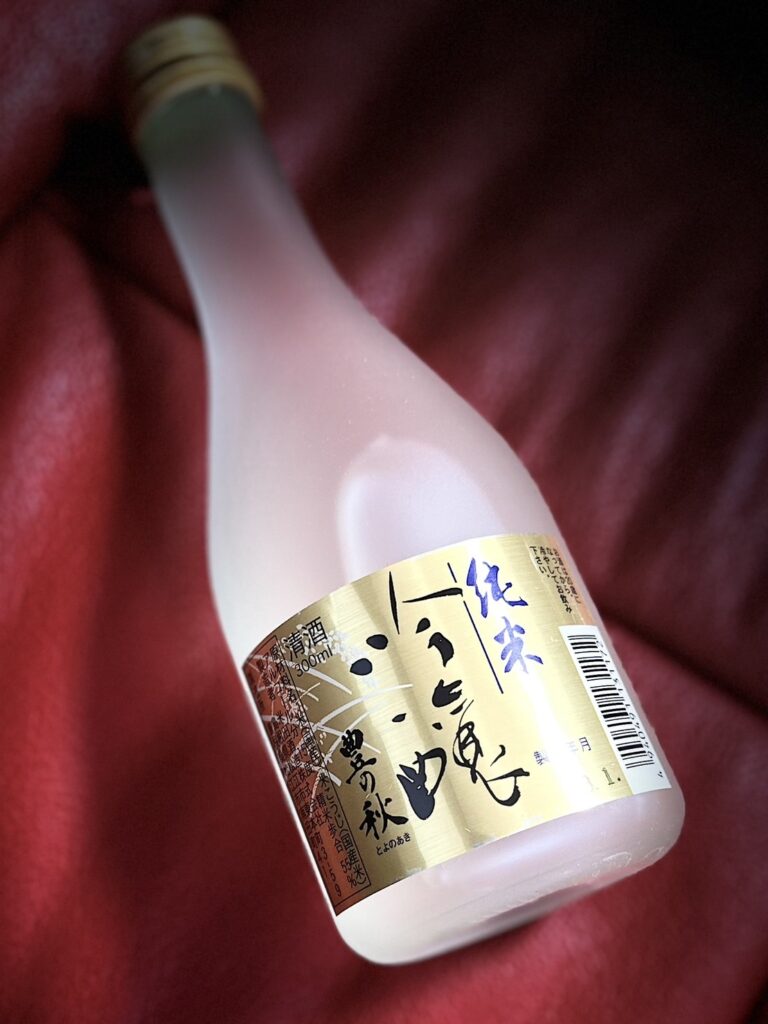
Types of sake
There are various types of sake, such as daiginjo sake, ginjo sake, and sake brewed in wooden barrels, depending on the manufacturing method, and the flavor changes accordingly.
Here, we will take up the famous ginjo sake, junmai sake, honjozo sake, and long-term aged sake, and explain how they are made and how they differ in taste.
Ginjo-shu
Ginjo-shu is specially refined sake made from highly polished rice with special techniques applied.
Junmai-shu
Junmai-shu is made only from rice and rice koji. Generally, it has a rich taste and flavor like that of boiled rice.
Honjozo-shu
Honjozo-shu is made from rice, rice koji, and limited volumes of alcohol.
Long-aged sake
It has special flavors and mellow taste as if it contains almonds, butter, and cinnamon.
how to drink
You don’t usually see sake cups or sake bottles that are used when drinking sake overseas.
If you explain how to use sake cups and sake bottles for the first time, and how to drink from them, you will be pleased if you explain to foreigners who are not used to it.
Also, if there is a “Mori Koboshi" service at a company drinking party with foreigners or a drinking party with friends, it should be a good opportunity for them to experience the unique Japanese culture.
First, drink sake from the cup, and then pour the sake which is left in the wooden box or masu (lacquer box ) into your cup.
Recommended snacks
We have introduced a lot about sake so far, but don’t forget about the “appetizers" that complement sake!
Sake is attracting attention as an accompaniment to Japanese cuisine such as sushi, tempura, and seafood, but it is no exaggeration to say that a small appetizer can be enjoyed many times over.
Finally, we will introduce snacks that go well with Japanese sake.
Snacks recommended for ginjo sake
Ginjo sake, which is characterized by its fruity aroma and refreshing taste, is recommended for light sake.
It goes well with boiled Chinese cabbage, fresh spring rolls, vermicelli salad, and white fish sashimi.
For foreigners, we recommend white fish mousse and seafood salad.
Snacks recommended for pure rice sake
Junmai sake, which is characterized by its sweet aroma and strong umami, which is similar to that of rice itself, goes perfectly with Western-style sake made with butter and white cream.
Fried chicken, cream stew, gratin, etc. are sure to please foreigners as well.
Snacks recommended for honjozo sake
Honjozo has a light, understated aroma and is dry, so it goes well with a wide range of dishes, so it can be paired with both light and rich dishes.
It’s also perfect for things you can easily make at home, such as cabbage rolls, crab balls, and cold tofu.
Snacks recommended for long-term aged sake
Aged sake has a unique peculiarity, and long-aged sake with a rich flavor goes well with aged meat, fish, and strongly sweet foods.
It goes well with grilled saury, braised pork, and mapo tofu.
I think that foreigners will be pleased with hard type cheese and beef steak with a strong sweetness.
